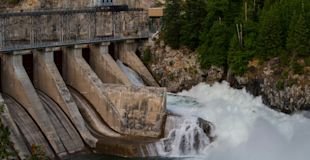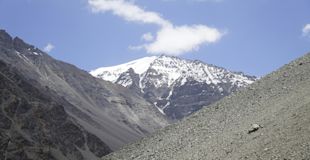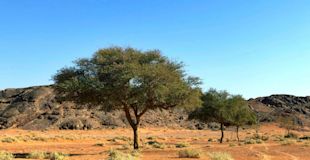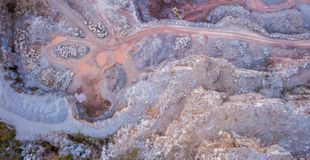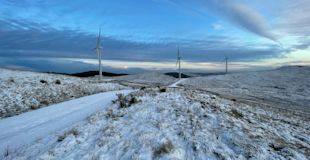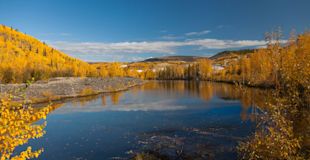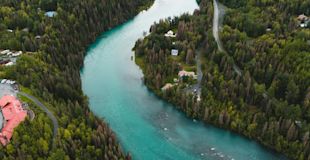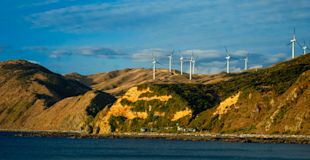Newmont Mining and Conga Project Case Study

Overview of Newmont and the Conga Project
As of April 2025, Newmont Corporation is the world’s largest gold mining company and the world’s fourth largest miner after $850M asset sales.
For over a decade, Newmont has faced widespread community opposition to its Conga project in Cajamarca. The Conga project is a gold and copper mining project in the Cajamarca region of northern Peru. The project covers a vast area of approximately 6,000 ha in remote areas of the Peruvian Andes. It is a project of Minera Yanacocha, a company mainly owned by Newmont Mining.
Suspension of the Project and Community Protests
The project was suspended in 2011 and Newmont reported that it had suspended construction activities at the Conga project “for the safety of employees and community members.” Newmont reports that the project experienced intermittent work stoppages as a result of ongoing protests and concerns about the impact of the project on the local water supply. Further development was contingent upon local community support. The company reported that demonstrations by local community members to stop the project resulted in losses of $2 million a day. The $5 billion planned investment by Newmont Mining was thwarted by bloody local riots in and around Cajamarca and resulted in deaths. Five people were killed in July 2012 and there were 15-16 fatalities suspected in 2011-2012.
Government Intervention and Escalation
In April 2012, Peru’s President Ollanta Humala, said that the project needed changes to proceed. This project faced major protests by Indigenous Peoples around concerns with the impacts on the local water supply and impact on ecosystems. In December of that year, armed forces were allowed to make arrests without warrants. This resulted in the death of several Peruvians and a crisis for the Humala administration, including the resignation of several ministers.
Social and Environmental Risk Reports
In 2015, Columbia law and a coalition of social organizations issued a report on the social and environmental risks of the proposed Conga gold and copper mining project in light of the Performance Standards of the International Finance Corporation, which also had a stake in this project through an IFC-funded joint venture, Minera Yanacocha. The report documents the impact on ecosystems as the area includes hundreds of hectares of wetlands, and an interconnected hydrologic system composed of mountain lakes and surface and ground water that is ancestral lands and traditional heritage.
The report noted that a 2012 public opinion poll about the project showed that 78% of all Cajamarcans opposed the Conga project, with opposition rising to 83% in rural areas and that Minera Yanacocha acknowledged that it lacked a social license to proceed with the project.
Conflict with Local Landowners
The company continued to face off in a David and Goliath battle with subsistence farmer, Máxima Acuña de Chaupe, who refused to cede her land for the open pit copper mine despite years of harassment, violence and intimidation by the Peruvian National Police.
Project Removal and Continued Groundwork
In 2016, Newmont finally removed the Conga mine from its project pipeline due in large part to the protests. However, the company has continued to lay the groundwork for the project – including stationing security personnel to monitor Chaupe’s homestead and fighting her in court – despite the conflict and community opposition it has enWOMENed.
Shareholder Concerns and Legal Developments
In 2018, Newmont shareholders expressed concerns about human rights abuses at the company’s Annual General Meeting.
In 2024, about 12 years after this project was shelved, the High Court in Cajamarca ruled that the Minera Yanacocha and Conga mining project lacked measures to prevent environmental degradation and that moves to promote its development should cease. The lawsuit was brought by Marco Arana, a Peruvian former priest and member of Congress.
Sustainable Indigenous Finance: Navigating the Energy Transition
A first-of-its-kind resource designed to equip investors with actionable tools and guidance to advance due diligence, manage material risks, and strengthen Indigenous inclusion and engagement across investment practices as the world navigates the energy transition.

